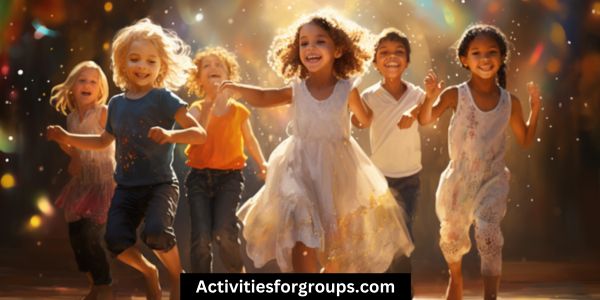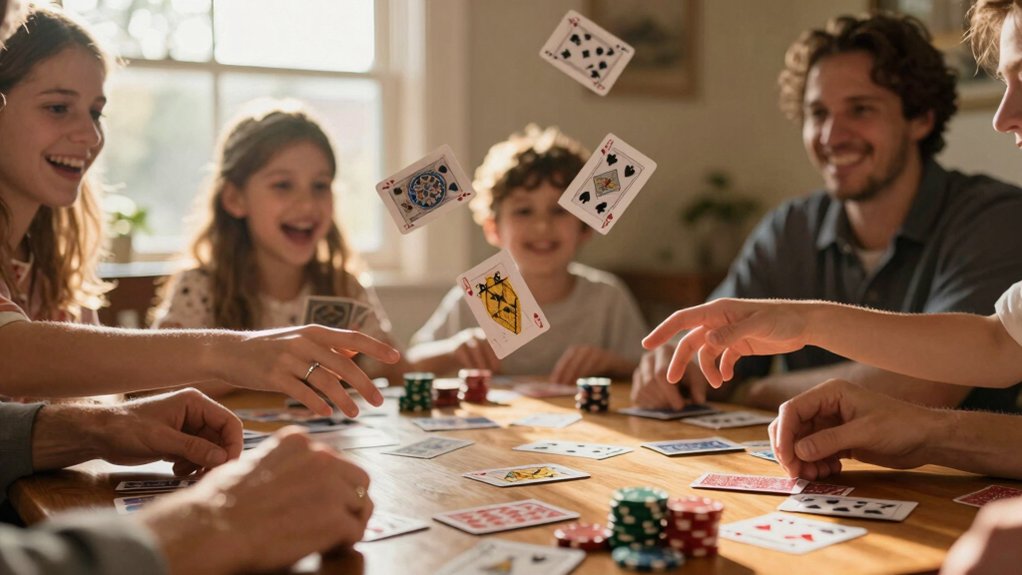Do you have a hard time managing large group dance classes? Don’t worry, you’re not alone. With the right strategies, you can keep your students engaged and make the most of their time.

Learn the best techniques for managing large group dance classes, including:
- Class size: Consider the optimal number of students for your class. Too many students can make it challenging to provide individualized attention, while too few students may not create the desired energy and dynamics.
- Structure: Establish a clear and consistent structure for your classes. This includes warm-up exercises, technique drills, choreography practice, and cool-down stretches. Having a predictable routine helps students feel more comfortable and focused.
- Teaching strategies: Use a variety of teaching strategies to cater to different learning styles. Incorporate visual demonstrations, verbal explanations, hands-on corrections, and group activities to keep students actively engaged and motivated.
- Classroom management: Implement effective classroom management techniques to maintain order and discipline. Set clear expectations for behavior, establish consequences for misbehavior, and reward positive behavior.
- Student engagement: Keep your students engaged by creating a fun and stimulating learning environment. Use music that resonates with them, incorporate interactive games and challenges, and encourage creativity and self-expression.
By implementing these techniques, you can effectively manage large group dance classes and provide a rewarding learning experience for your students.
Class Size
You’re faced with a unique challenge when managing large group dance classes: how to keep class sizes manageable. Group dynamics can be difficult to manage when the class size is large, as it can be hard to ensure everyone is heard and understood.
A key skill for managing large classes is good communication. Having a clear plan for how you’ll communicate instructions, and ensuring everyone is able to hear them, is vital for ensuring the class runs smoothly.
It’s important to ensure that everyone is engaged in the class, and that no one is left feeling excluded. When possible, break the larger class up into smaller groups to ensure that all participants have the chance to participate. This can also help to ensure that everyone is able to understand and follow instructions.
If possible, try to keep class sizes reasonable and limit the number of participants. This will help to ensure that everyone is able to have a good experience and learn the material.
With good communication and a focus on group dynamics, you can help to ensure that large group dance classes are enjoyable and successful.
Class Structure
Creating a structured class plan is essential for managing large group dance classes effectively. To ensure everyone involved is on the same page, it’s important to set clear expectations from the beginning. This should include rules and regulations, as well as an understanding of the style and type of music that will be used for the class.
Additionally, the music selection should be carefully considered in order to ensure it’s suitable for the target group. It’s also a good idea to create a set of activities that will be completed during the class, and to make sure everyone is aware of the order and timing of each activity.
Teaching Strategies

Developing a teaching strategy for a large group dance class is key for successful instruction. To ensure the best possible outcome, instructors should keep the following in mind:
- Utilize role modelling. Demonstrating the steps and movements of the choreography can help the students learn more quickly.
- Consider different learning styles. Not everyone learns in the same way, so instructors should be aware of different techniques to ensure that all students are able to comprehend what’s being taught.
- Incorporate fun. Dance can be an enjoyable activity, and incorporating fun activities and games into the class can help keep the students engaged and motivated.
Classroom Management
Once instructors have developed a teaching strategy for their large group dance class, they need to focus on classroom management techniques to ensure a successful class. Peer mentoring can be a powerful tool for classroom management. Instructors should assign each student a mentor or ‘buddy’ to help them stay on track and provide support to their peers. This can help create a sense of community and ensure that all students are engaged and focused.
Another technique instructors can use to manage their classes is student-led activities. This allows students to take ownership of their learning and gives them an opportunity to practice leadership skills. Instructors should create activities that allow students to work together to solve problems, such as choreographing a dance or creating a dance routine.
Instructors should also create an environment where students feel comfortable asking questions and voicing their opinions. This allows students to feel safe and encourages open dialogue.
Finally, instructors should provide clear expectations and consequences, as well as consistent rewards for positive behavior. This will help keep everyone accountable and ensure that the class runs smoothly.
Student Engagement

Once students feel comfortable and understand the expectations in the class, instructors can focus on engaging them in meaningful activities to ensure a positive and successful learning experience. To do this effectively, there are several techniques instructors can use to foster student engagement in large group dance classes:
- Encourage peer interactions: Invite students to collaborate with each other on creating small group choreography or any other type of creative project. This encourages collaboration and allows students to learn from each other.
- Create fun and engaging activities: Incorporate games and other interactive activities into the class to keep students motivated and engaged.
- Provide consistent feedback: Provide students with timely and constructive feedback on their performance to keep them engaged and motivated to improve.
Frequently Asked Questions
What Age Group Is Best Suited for Large Group Dance Classes?
It’s best to form age limits when handling large group dance classes. Distractions can be managed by separating ages, ensuring everyone can learn and have fun.
What Type of Music Should Be Used for Large Group Dance Classes?
You should consider using popular music that appeals to the age group of your large group dance class. Utilize social media to find out what kind of music students are listening to and create choreography ideas that match the beat.
How Do You Handle Students With Different Skill Levels in a Large Group Dance Class?
You can introduce dance challenges that accommodate different skill levels. Encourage peer coaching to help less skilled students learn from more experienced ones.
What Type of Safety Measures Should Be Taken When Teaching Large Group Dance Classes?
You should set clear boundaries and maintain a safe class size when teaching large group dance classes. Ensure everyone has enough space to move and be aware of any potential risks.
How Can Large Group Dance Classes Be Adapted to Meet the Needs of Diverse Learners?
You can adapt large group dance classes to meet diverse learners’ needs by recognizing different classroom dynamics and using student engagement strategies.
Conclusion
Managing large group dance classes can be a challenge, but it doesn’t have to be overwhelming. With the right class size, structure, teaching strategies, classroom management, and student engagement, you can make the most of your classes and give your students a positive and productive experience.
With a bit of planning and dedication, you can make sure every class is a success.




Leave a Reply